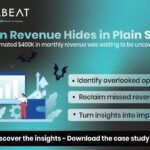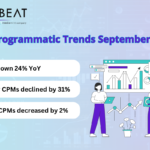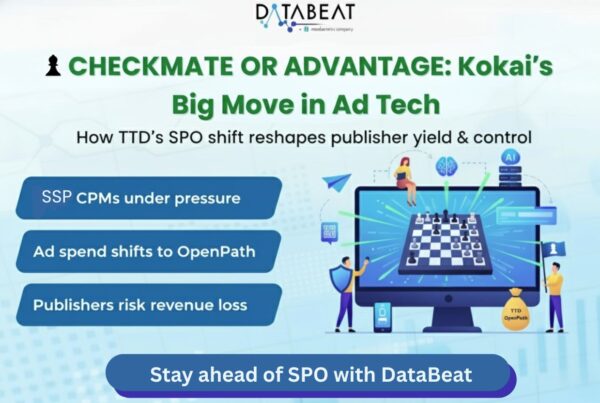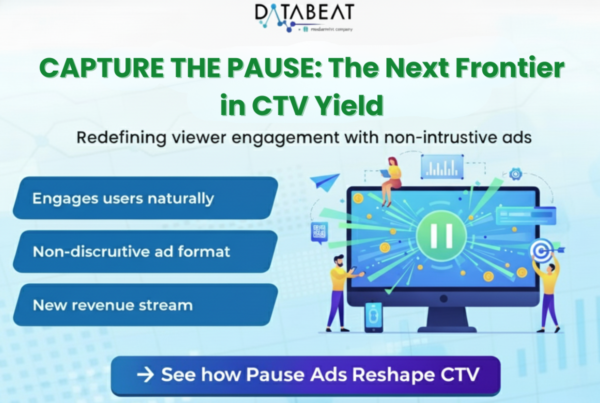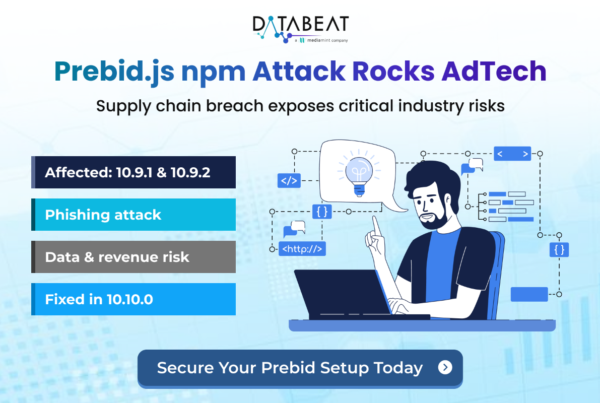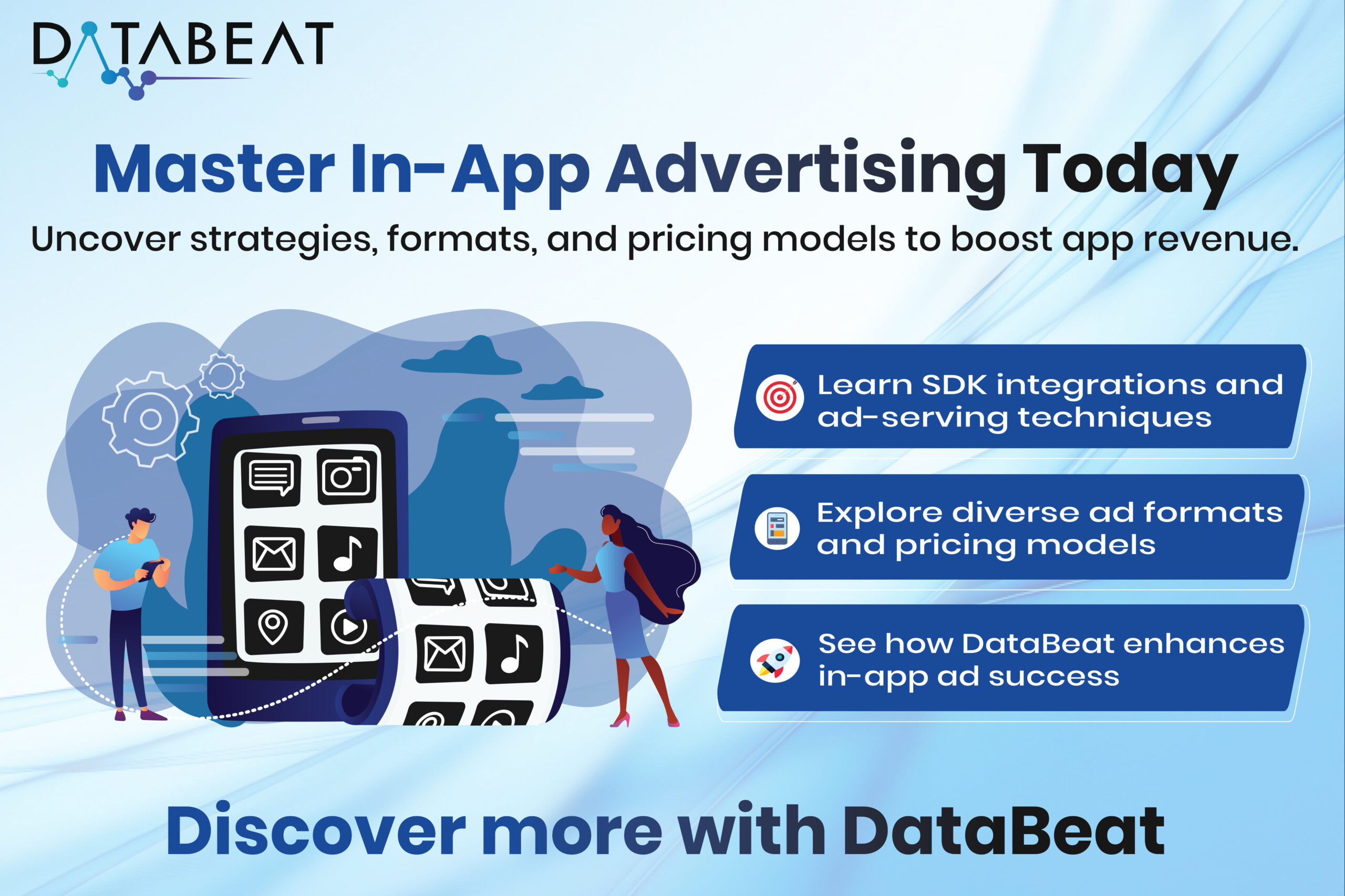
What is In-App advertising?
In App advertising also known as (IAA). It refers to displaying ads with a mobile app ecosystem. It’s a great approach by app developers to improve revenue by showing ads to the user while using an app. To simplify it, In-app ads are seen while using mobile applications, browsing social media apps, and while playing games.
How are ads served within the app advertising ecosystem?
In order to serve ads within the application the app developers need to integrate the SDK (Software Development Kit) also known as “dev kit” which is given by the mediation partner. These ads are served through ad networks once advertisers and publishers agree to deal through programmatic ad buying. Similar to web advertising, ad requests get fired when a user visits a website, in-app advertising works by raising an ad request from the app and the ad networks then uses the algorithms to deliver high quality ads to the user in real time.
SDK’s and types of SDK’s
SDK contains ready to use software tools that help app developers to build applications.
Web development SDK’s: A web SDK consists of a set of tools, libraries, and API’s that assists developers in building web applications. React is a popular SDK developed by META and Angular is developed by Google.
Mobile SDK’s: Similar to web SDK, mobile SDK also consists of a collection of tools and libraries that help developers to build mobile apps for iOS and android. Apple develops SDK’s for iOS applications and Google for android.
Gaming SDK’s: These SDK’s contain tools and libraries for creating games, these tools include graphic libraries and other components. Popular gaming SDK’s used by developers are Unreal engine and Unity. Where unity is used for building 2D and 3D games.
Also there are few SDK’s designed only for specific operating systems, like for android apps, windows SDK, iOS SDK, MacOS SDK.
Mobile app development framework
Mobile app development framework has is a repository that gives the required structure to create mobile apps. Advantages of app development framework are efficiency, cost effectiveness. Frameworks are classified into 3 types, they are Native, Web and Hybrid apps.
Native apps: They are made for specific purposes and specific OS like windows, android, iOS. In short they are specifically designed for applications and particular platforms. Native app development is more expensive.
Web apps: These are made with an application that is designed to deliver web pages. Emails, instant messaging apps, online shopping, auction sites are popular web apps.
Hybrid apps: These apps are introduced on smart phones just like every other application, but these features combine both native and web app components.
Here are a few app development frameworks which can be helpful for android and iOS.
React Native: React Native is built by Facebook, which is an open source framework that offers to develop android and iOS platforms. It is the most endorsed, accessible, cross platform application framework that uses a single code base for both android and iOS apps. Low maintenance, suitable with third party extensions, cost effectiveness, re-usability of code, exceptional performance are features of react native.
Flutter: Flutter is a free framework developed by Google, that allows developers to build apps for desktop and mobile apps. It is a cross platform app development framework which has one code base to develop android as well as iOS apps. Rapid app development, Dynamic UI, Offers robust widget support.
How does in-app advertising work?
The mobile app ecosystem has multiple competitors, each of them has a unique role. We have Advertisers, DSP’s and ad exchanges on the buy side, meanwhile on the other hand we have publishers and SSP’s on the sell side. To explain in detail:
- Advertisers: Businesses and big brands looking to advertise their brands and services by purchasing the ad spaces or ad slots.
- DSP’s: DSP’s are tech platforms used to manage advertiser side ad campaigns. They allow advertisers to buy ad inventory programmatically.
- Ad exchanges: Ad exchanges are also tech platforms where advertisers via DSP’s and app developers via SSP’s aid in ad buying and selling.
- Publishers: App developers who sell ad spaces to advertisers or brands within their apps.
Difference between mobile advertising and in-app advertising
Mobile advertising and App advertising are two different methods of advertising for providing content and ads on mobile devices. When it comes to mobile advertising to display ads Software Development Kits (SDK’s) aren’t required, these ads are served similar to ads served on the web. But for in-app advertising, app developers need to integrate the mediation partners SDK into the application. Mobile advertising uses cookies for tracking and collecting user data such as what a user searches, his/her web activity, their shopping habits, etc. On the other hand mobile applications depend on device ID’s to track and collect user’s data such as device type, age, gender, operating system, location.
Benefits and drawbacks of in-app advertising
In-app advertising has a wide range of advantages.
- Variety of ad formats – Usage of video and interactive ad formats increases user engagement.
- Advanced Targeting – Targeting audience can be done by considering user behaviour, interests, demographics such as age, gender, location.
- Revenue Generation – App developers can generate revenue through in-app ads especially in free apps.
In-app advertising also has few drawbacks.
- Effectiveness of ad-blocking tools: Impact of in-app advertising reduces due to usage of ad blocking tools.
- Ad fatigue: Displaying of similar ads at regular intervals might be a reason of user getting annoyed, frequency capping is essential to resolve this issue
- Other drawbacks: There are few technical challenges such as compatibility issues, specification issues might create some obstacles in delivering smooth ad experience among different devices.
Different types of in-app ad formats
- Banner ads: These are simple ads that are either displayed at the top or bottom of the app also alongside the content and include text, image, or a button. These types of ad formats are supported universally and cost effective.
- Interstitial ads: Ad format consists of full-screen banner ads or in-app video ads at intervals or in between levels of a game or when a user browses between the pages also appears when users open the app. These ads require user action in order to close the ad or content to be displayed.
- Playable ads: Playable ads provide an experience of gaming apps of how the game actually looks like, they give an opportunity to try and play before installing the app. They are fun and interactive and deliver the highest CPM’s.
- Video ads: Video ads served in mobile video format ranging from 15 to 30 seconds in length may give users the option to skip ads after watching a few seconds.
- Rewarded video ads: It’s basically a video ad where a user receives rewards like coins or extra lives for watching video ads while playing games.
In-app pricing and calculating methods
- CPM – Cost per Mille is the price that advertisers pay to publishers for every 1000 impressions.
- Cost per Mille also known as Cost per 1000 impressions, which also means cost to display 1000 ads on an app.
- CPC – With this Cost per Click pricing model advertisers have to pay publishers only when a user clicks on the particular ad.
- CPA – Cost per Action or Cost per Acquisition, in this pricing model advertisers will pay publishers only when a user makes a purchase or download.
- CPI – Cost per Installs name itself describes publishers get paid by advertisers only when a user installs the application.
- CPV – Cost per View is basically used for video ads, here advertisers have to pay publishers only when the user watches a video for a specified period of time.
How can DataBeat help in App advertising?
We help onboarding apps with a publisher-chosen ad mediation platform and also troubleshoot ads-related issues that arise with the mediation platform or demand partners. We’ll support until the app successfully goes live, by creating demand for all the ad units in demand partner UI and aligning them in a meditation platform.
During the onboarding process if the app encounters any issues related to SDK dependency we help troubleshoot it by working on resolving the issue. Our support also covers troubleshooting and quality issues that come up in an app that affects the user experience. We will work with all the demand partners to ensure all the ads served are muted on the app by respecting the user experience on the apps.
Post-launch of the app with ads we can also offer support by helping with yield optimizations and analysis. By continuously monitoring the performance of the app and troubleshooting issues we will ensure the user experience is unaffected by balancing the ad revenue of the app.




